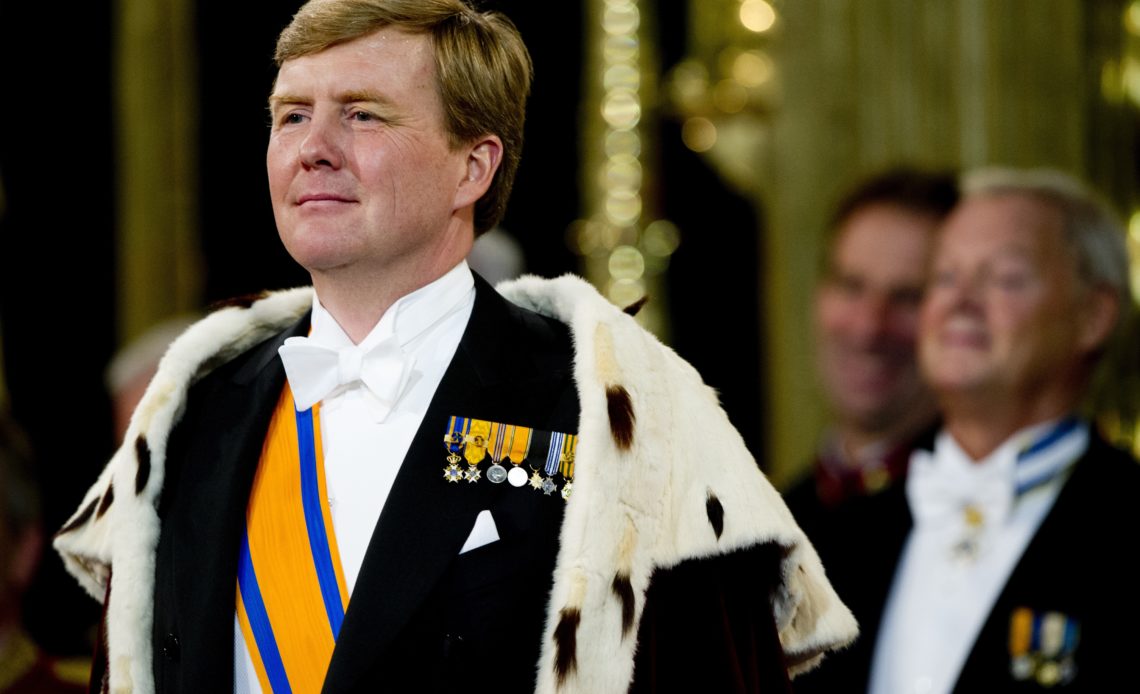
King Willem-Alexander will mark a decade on the Dutch throne next year, the first king the Netherlands has seen since 1890. Though the Dutch monarchy has largely been female-dominant in the past century, the rules about who could reign weren’t officially changed until the 1980s.
In the time since King William III’s reign ended in 1890, the Netherlands was ruled by women: Queen Wilhelmina, Queen Juliana, and Queen Beatrix, all of whom reigned because of the quirk that no males were born into a royal house that subscribed to male-preference primogeniture.
Queen Wilhelmina was the only legitimate child of King William III who was alive at the time of his death (his three sons had all predeceased him), and she reigned from 1890 to 1948, when she abdicated in favour of her only child, Queen Juliana. Queen Juliana had four daughters: Princesses Beatrix, Irene, Margriet, and Christina, and abdicated in favour of her eldest daughter in 1980.
Beatrix married her husband, Prince Claus, in 1966 and had three sons: the current King Willem-Alexander, Prince Friso and Prince Constantijn.
In 1983, the Dutch Royal House adopted absolute primogeniture, which meant that the first-born child of the monarch, regardless of sex, would inherit the throne. King Willem-Alexander married Queen Máxima in 2002, and they have three daughters: Princess Catharina-Amalia, the Princess of Orange; Princess Alexia, and Princess Ariane.
Further rules of succession limit the number of people who are in line to the Dutch throne at any given time: the person must be related within three degrees to the reigning monarch. This has been law since 1922, meaning that with every abdication, all the way up until Beatrix’s in 2013, the line of succession has been altered.
The most recent example of this is Princess Margriet’s sons, Prince Maurits and Prince Bernhard, both of whom were in the line of succession while their aunt Beatrix reigned. When their cousin Willem-Alexander became king, they became too distantly related to the monarch and were removed from the line of succession.
Should the worst happen to Willem-Alexander’s daughters and Prince Constantijn’s family and Princess Margriet should accend to the throne, her two sons and their children would regain their succession rights.
Members of the Royal Family must also gain parliamentary approval for their marriages and can be removed from the line of succession should they fail to do so.
The late Prince Friso did not seek approval for his 2004 marriage to Princess Mabel and was removed from the line of succession. His daughters, Countess Luana and Countess Zaria, are not in the line of succession either.
Princess Margriet’s other two sons, Prince Pieter-Christiaan and Prince Floris, did not seek parliamentary approval for their marriages and were removed from the line of succession in 2005, eight years before they would’ve lost their succession rights with their aunt’s abdication.
Princess Beatrix’s sisters, Princess Irene and Princess Christina, both renounced their succession rights for themselves and their descendants when they contracted what were then seen as controversial marriages, in 1964 and 1975, respectively.
The Dutch Royal Family currently has a line of succession of eight people, though if something were to happen where there is no legitimate descendant of any member of the Royal House, the government can choose a successor through an Act of Parliament that must be approved by both Houses of Parliament.
The current line of succession to the Dutch throne is Princess Catharina-Amalia, Princess Alexia, Princess Ariane, Prince Constantijn, Countess Eloïse, Count Claus-Casimir, Countess Leonore and Princess Margriet.

